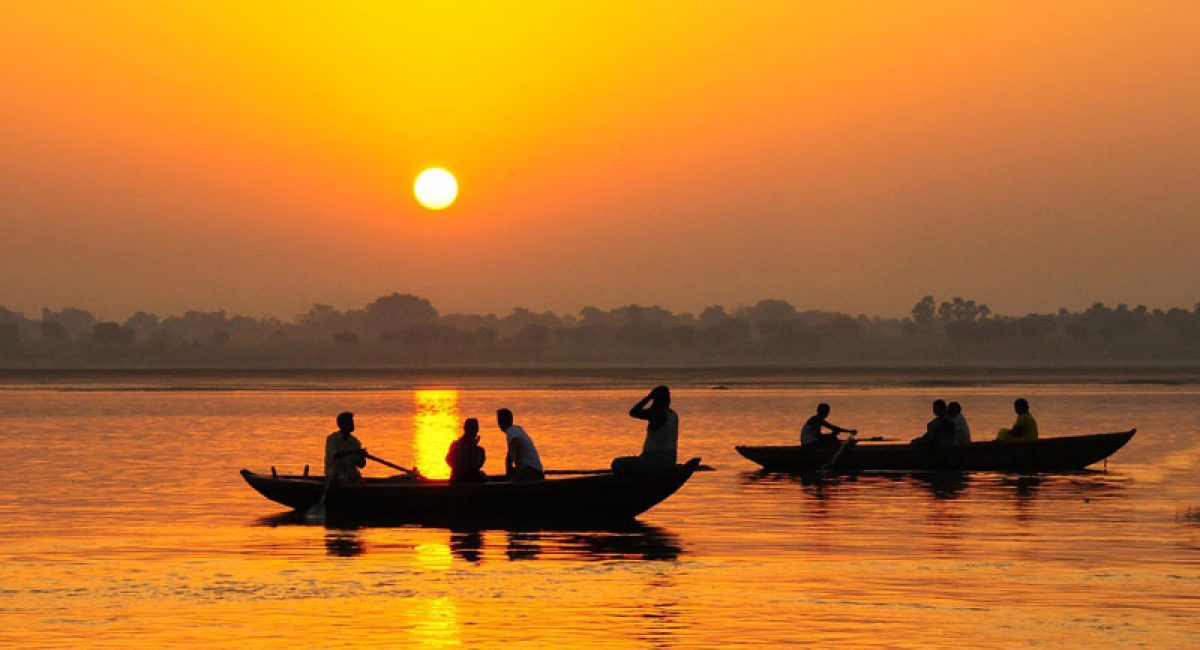Guide to Traveling Safely in India During Heatwave Season
As temperatures soar with the upcoming heatwave season, planning travel requires more than just itinerary adjustments. This guide offers crucial insights and strategies for Globe Aware volunteers braving the heat, ensuring their volunteer vacation in India remains memorable for all the right reasons.
Guide to Traveling Safely in India During Heatwave Season
May 4, 2024
TTW
As temperatures soar across Indian states during the relentless heatwave seasons, planning travel requires more than just itinerary adjustments. With the mercury hitting record highs, ensuring safety and comfort becomes paramount. This guide offers crucial insights and strategies for travelers braving the heat, ensuring their adventure through India remains memorable for all the right reasons.
Understanding the Heatwave Phenomenon:
What is a Heatwave?
A heatwave occurs when the temperature rises significantly above the average for a particular region during the summer months, often accompanied by high humidity. In India, this phenomenon is especially pronounced and can have severe impacts on both the environment and public health.
Timing and Duration:
Typically, heatwaves in India begin around late March and can extend into July. The peak of this period often sees daytime temperatures exceeding 40 degrees Celsius, particularly in northern and central regions.
Planning Your Travel:
Best Time to Visit:
To avoid the severest heat, consider planning your trip during the cooler parts of the day. Early morning or late evening excursions are advisable as the temperatures are relatively lower. Alternatively, planning your visit before the onset of summer or after the peak heatwave season can also be beneficial.
Choosing the Right Destinations:
Opt for regions known for their milder summer climates. Places like the hill stations of Himachal Pradesh, Uttarakhand, and parts of the Western Ghats offer respite from the scorching heat. Coastal regions such as Goa and Kerala, though humid, provide cooling sea breezes that are absent in the landlocked areas.
Health and Safety Tips:
Stay Hydrated:
One of the simplest yet most effective ways to combat heat is by staying hydrated. Carry water at all times and consume fluids regularly. Avoid alcoholic and caffeinated beverages as they can lead to dehydration.
Dress Appropriately:
Wear loose, light-colored clothing made from natural fabrics like cotton. Such attire helps reflect sunlight and facilitates better air circulation, keeping the body cool.
Use Sun Protection:
Apply a broad-spectrum sunscreen with a high SPF to protect against harmful UV rays. Accessories like sunglasses, wide-brimmed hats, or umbrellas can also provide necessary shade and reduce exposure to direct sunlight.
Schedule Frequent Breaks:
When exploring outdoor sites, take frequent breaks in shaded or air-conditioned areas. Overexertion in hot weather can lead to heat exhaustion or heatstroke, both of which can be dangerous.
Accommodation and Transport:
Air-Conditioned Facilities:
Ensure that your accommodation has good air conditioning. This can be a sanctuary to recover and refresh after a day out in the heat. Similarly, opt for air-conditioned vehicles when traveling long distances or for city tours.
Avoid Crowded Places:
Crowded places not only elevate discomfort but also increase the risk of heat-related ailments. Try to visit popular tourist attractions early in the morning to avoid the peak crowds and peak heat.
Engaging in Suitable Activities:
Water-Based Activities:
Engage in activities that allow you to stay cool, such as swimming in a pool or visiting waterfalls and lakes. Many resorts offer water sports and activities that are perfect for hot days.
Indoor Attractions:
Explore museums, art galleries, shopping malls, and other indoor attractions where you can enjoy the local culture and history in a cooler environment.
Being Prepared for Emergencies:
Know the Signs:
Familiarize yourself with the symptoms of heatstroke and heat exhaustion. Signs include headache, dizziness, muscle cramps, nausea, and extreme fatigue.
Emergency Contacts:
Keep a list of emergency contacts, including local hospitals and first aid services. Download apps that provide weather updates and alerts for better preparedness.
Traveling through India during heatwave seasons demands careful planning and considerations beyond the usual travel preparations. By understanding the climate patterns, prioritizing health and safety, and choosing suitable activities and destinations, travelers can enjoy the rich experiences that India offers without the discomfort or dangers posed by extreme heat.


0 Comments